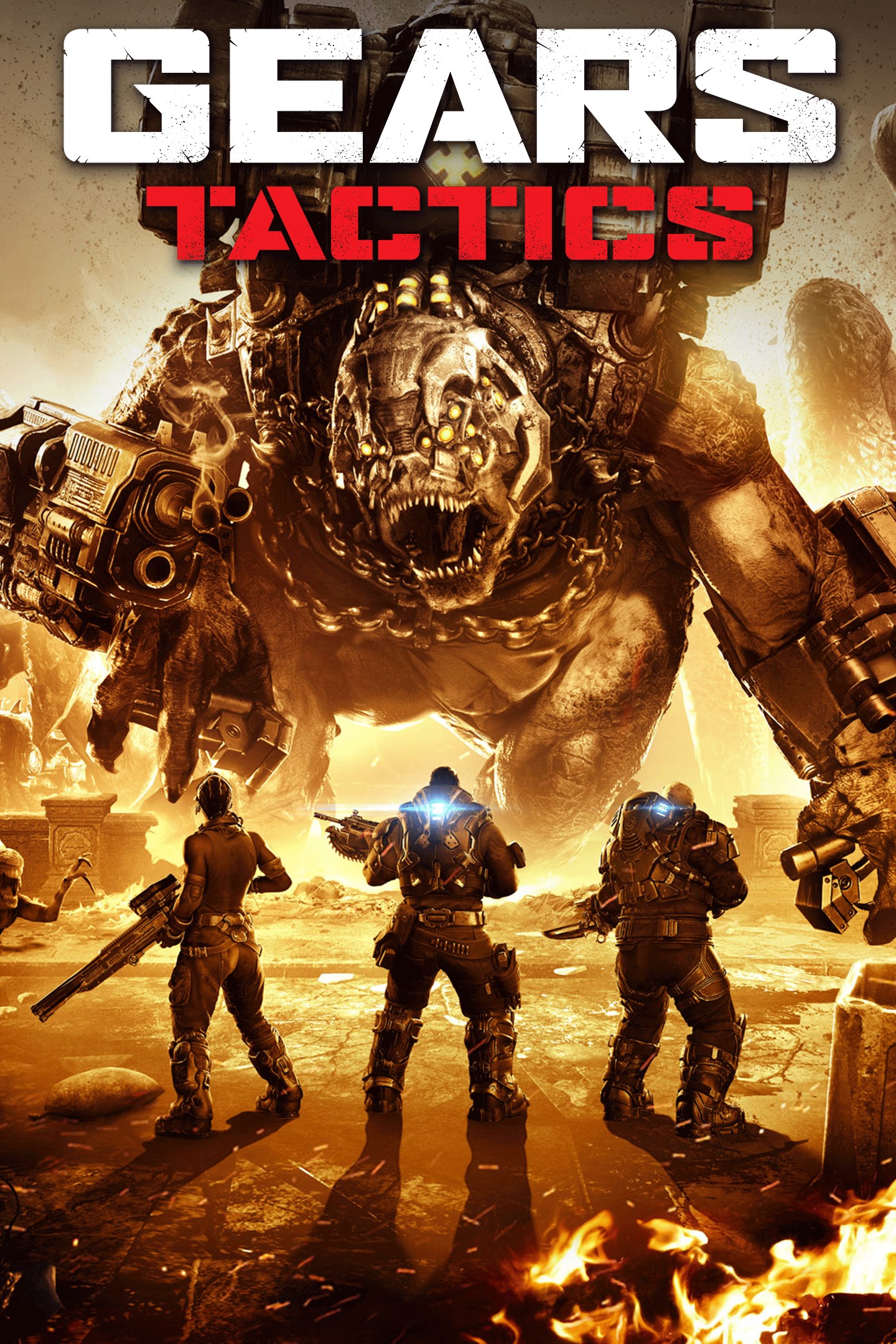Title: Beyond the Hype: An In-Depth Analysis of Pressing Deep Game News Issues
The video game industry, a behemoth of modern entertainment, is often portrayed through a lens of glossy trailers, record-breaking sales figures, and celebratory award shows. Yet, beneath this polished surface lies a complex ecosystem fraught with profound challenges that shape the games we play and the people who make them. To move beyond the headlines and engage in a meaningful discourse, we must delve into the pressing, deep-seated issues that define the contemporary gaming landscape.
The Crunch Culture Conundrum: A Persistent Plague
Perhaps the most widely discussed yet stubbornly unresolved issue is the endemic nature of crunch culture. The narrative of the tortured artist working sleepless nights to deliver a masterpiece is a romanticized trope that the industry has weaponized. While high-profile reports from studios like Rockstar and CD Projekt Red have brought this into the public eye, the problem is far more systemic.
Modern game development, especially for AAA titles, is a marathon of escalating complexity. Expansive open worlds, photorealistic graphics, and intricate multiplayer systems require millions of lines of code and thousands of art assets. This complexity, combined with rigid marketing timelines and unforgiving release windows, creates a perfect storm for managerial malpractice. The issue is no longer just about extended overtime before launch; it's about sustained periods of excessive work that lead to burnout, mental health crises, and talent attrition.

The rise of unionization efforts, particularly in the United States, is a direct response to this. Workers are no longer accepting promises of "passion" as compensation for exploitation. They are organizing to demand transparent compensation, reasonable working hours, and protection from cyclical layoffs that often follow a game's completion. This push for collective bargaining represents the most significant potential shift in power dynamics the industry has seen, moving from a top-down model to one that prioritizes sustainable development and human dignity.
The Live-Service Labyrinth: Monetization vs. Player Trust
The shift from discrete products to "games-as-a-service" (GaaS) has fundamentally altered the relationship between developer and player. Titles like Fortnite, Destiny 2, and Apex Legends are not merely released; they are perpetually updated, expanded, and monetized. This model can create vibrant, evolving worlds, but it also presents a minefield of ethical and practical dilemmas.
The primary tension lies in balancing revenue generation with player satisfaction. Aggressive monetization strategies, including loot boxes (which blur the line into gambling), battle passes, and overpriced cosmetic items, often foster resentment and distrust. Players feel like walking wallets rather than valued participants in a community. The "engagement-over-fun" design philosophy, where mechanics are crafted to maximize playtime and spending rather than genuine enjoyment, is a critical concern. It turns games into psychological traps rather than sources of recreation.
Furthermore, the GaaS model creates a precarious existence for the games themselves. A title's longevity is tied to its player count and profitability. When a game underperforms, servers are shut down, and the experience is lost to history, creating a preservation nightmare. This "digital decay" raises questions about the permanence of our cultural artifacts in an increasingly online-only world.
The Technological Treadmill: Next-Gen Pressures and AI Integration
The arrival of new hardware from Sony and Microsoft always brings a wave of excitement, but it also exacerbates several deep issues. The constant push for more graphical fidelity and larger scales inflates development budgets and timelines, further intensifying the risk of crunch and financial failure. The cost of developing a flagship AAA title can now exceed $200 million, a risk that only the largest publishers can absorb. This financial pressure stifles creativity, encouraging a reliance on safe sequels and established franchises rather than innovative new IP.
Simultaneously, the industry is grappling with the integration of generative Artificial Intelligence. Proponents hail AI as a tool to automate tedious tasks, generate assets quickly, and reduce development costs. However, its implementation is fraught with ethical peril. The use of AI-trained models raises significant questions about the copyright of the source material used for training, often scraped from the internet without creators' consent. There is a palpable fear that AI could be used not to augment developers but to replace them, devaluing human artistry and leading to further job insecurity. The ethical development and deployment of AI will be one of the defining battles of the next decade.
The Identity Crisis: Representation and Cultural Authenticity
As games strive for more mature and cinematic storytelling, the demand for authentic representation and nuanced narratives has never been louder. Players are increasingly critical of stereotypical portrayals, "whitewashing," and the token inclusion of marginalized groups. The industry is slowly learning that diversity is not a checkbox but a necessity for rich, believable world-building.
True progress requires more than diverse character models; it necessitates diverse voices in the writing room, the design lead's chair, and the executive boardroom. The push for inclusivity is also a business imperative. Games are a global medium, and audiences from different cultures expect to see themselves reflected on screen and to have their stories told with respect and authenticity. Navigating cultural sensitivities while avoiding creative homogenization is a delicate and essential task for developers aiming to create truly global hits.
Conclusion: A Crossroads for the Industry
The video game industry stands at a critical juncture. The challenges of labor practices, exploitative monetization, technological upheaval, and cultural representation are deeply interconnected. They cannot be solved in isolation. Addressing them requires a concerted effort from all stakeholders: developers advocating for their rights, publishers adopting sustainable business models, players voting with their wallets and demanding better, and journalists providing the in-depth, critical analysis that moves beyond the hype cycle.
The future of gaming is not predetermined. It can be one of continued exploitation and short-term profit, or it can evolve into a more ethical, sustainable, and creatively diverse form of entertainment. The path chosen will depend on the courage to confront these deep issues head-on, ensuring that the art form we love is built on a foundation of respect for both its creators and its audience.


















